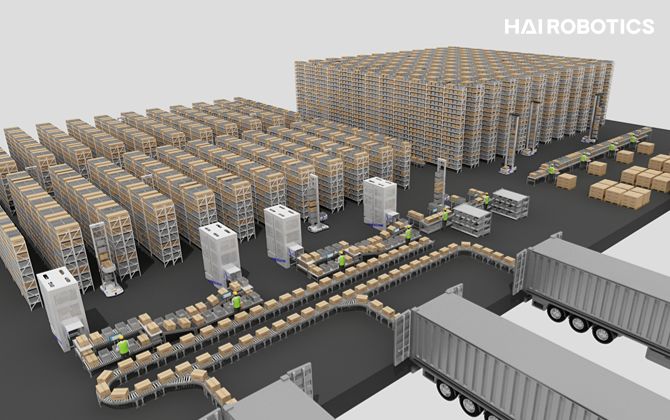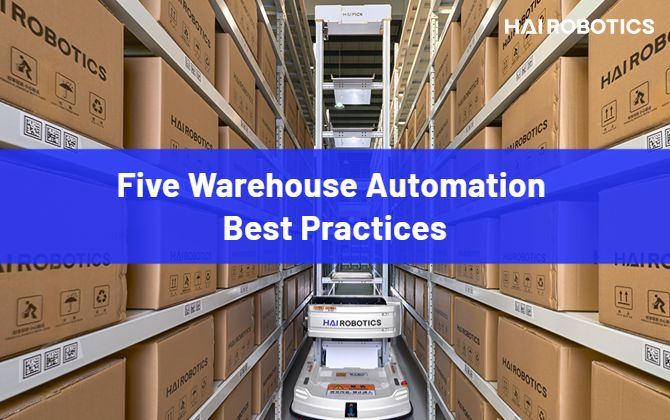7 Key Warehouse Trends to Keep on Your Radar in 2024
Are you ready for the warehousing trends of 2024? Our latest blog highlights the challenges and opportunities facing the logistics industry in the wake of the pandemic, industry consolidation, workforce crisis, and lack of warehouse space. Learn how you can respond creatively and embrace these trends to stay ahead of the game.
In 2024, the logistics industry is expected to continue facing supply chain issues due to the pandemic's effects, consolidation within the industry, workforce crisis, and lack of warehouse space. However, these challenges offer opportunities for warehouse operators to respond creatively and embrace warehousing trends. With 2024 ramping up, let’s anticipate the warehousing trends in 2024 – and more importantly some actions you can take to be prepared.

Increase in Automation
The use of automation in warehousing has experienced a steady increase in recent years, and this trend is set to continue in 2024. One of the primary drivers of growth in the warehouse automation market is the e-commerce boom in the retail industry and the resulting demand for fast and efficient order fulfillment. The surge in online shopping can be attributed to the widespread use of mobile devices and increased internet penetration. According to Statista (1), global online retail sales are expected to grow from $5 trillion in 2021 to $7 trillion by 2025, underscoring the need for modern and automated warehousing and fulfillment methods.
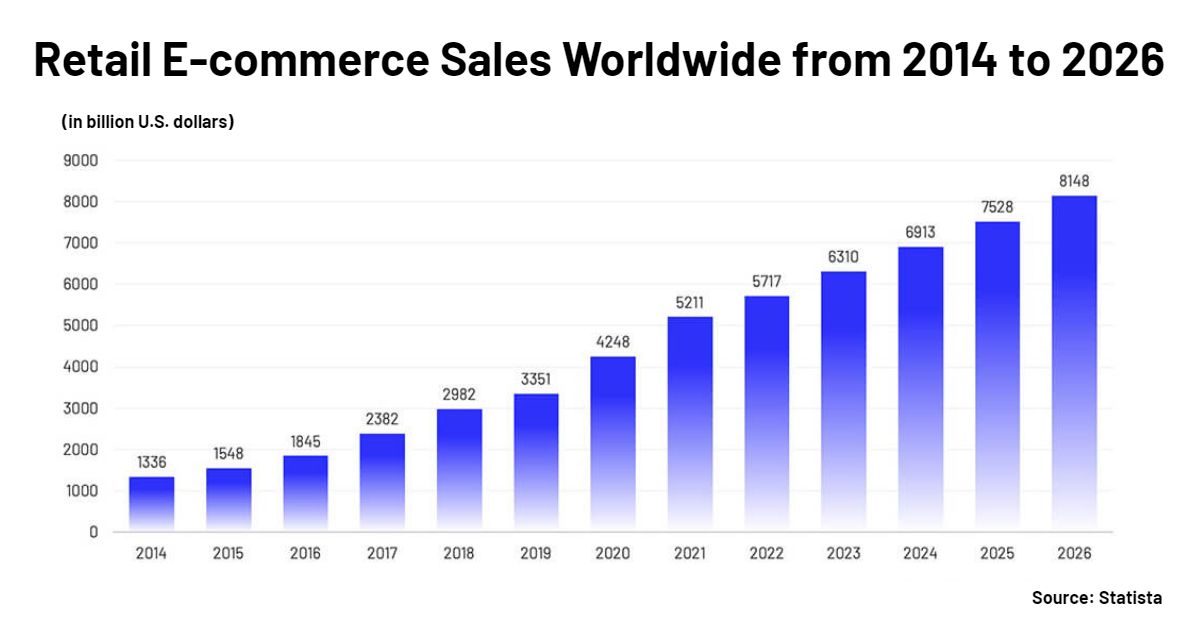 By incorporating automation in their operations, warehouses can streamline their operations, reduce errors, and lower costs. To scale their output and meet the demands of their customers, businesses must invest in warehouse automation. This investment is critical for attracting and retaining customers and achieving substantial returns that can position a business for significant growth in the coming years. Among the most popular types of automation are automated pick and pack systems, autonomous mobile robots, and automated storage and retrieval systems.
By incorporating automation in their operations, warehouses can streamline their operations, reduce errors, and lower costs. To scale their output and meet the demands of their customers, businesses must invest in warehouse automation. This investment is critical for attracting and retaining customers and achieving substantial returns that can position a business for significant growth in the coming years. Among the most popular types of automation are automated pick and pack systems, autonomous mobile robots, and automated storage and retrieval systems.
Hai Robotics has interviewed CEOs, CTOs, Country Managers, Directors, and academics with expertise in the fields of warehouse management, logistics, and robotics. We asked them about their view of the benefits of warehouse automation, the impact it would have on workforces and sustainability, the risks facing the industry, and the potential avenues for collaboration to drive forward progress. Download our latest white paper to learn more: The Warehouse of The Future.
Digitization and Visualization of Data
The surge of e-commerce has resulted in an exponential increase in data, and warehouses have not been spared. Fortunately, with the emergence of advanced technologies like big data, digitization, and visualization offer logistics companies a promising opportunity to tackle the ongoing supply chain challenges.
Warehouses are progressively leveraging predictive and prescriptive analytics to examine vast amounts of data, unveil patterns that provide insightful information, and enhance business decisions. They process large quantities of data and utilize advanced algorithms and data analysis techniques to sort, evaluate, and extract useful insights such as forecasting demand during peak seasons, detecting and avoiding supply chain bottlenecks, and refining organizational decision-making. This includes implementing digital tracking systems, data analytics, and other cutting-edge tools to enhance warehouse operations.
The Rise of Mobile Robots
The adoption of mobile robots in warehouses is rapidly increasing due to their improved capabilities and flexibility. These robots have the ability to perform various tasks, such as picking, sorting, packing, batching, shipping, fulfillment, inbound, and outbound. As a result, they have become a valuable asset to warehouse operations.
One such example is Hai Robotics' Autonomous Case-handling Robot (ACR) systems, which possesses advanced automation capabilities that allow it to elevate warehouse operations and increase storage density. By integrating ACR systems into your workflow, you can streamline your operations, reduce costs, and achieve greater levels of productivity and profitability.
As per the recent findings by Gartner, a reputable business research firm, there is a significant surge in interest in flexible automation and intelligent robotics. In a recent survey conducted by Gartner (2), 61% of respondents believe that technology is a vital source of competitive advantage. Furthermore, many organizations have identified various emerging technologies as crucial investment areas, with 20% of them investing in robotics. Moreover, Gartner predicts that by 2026, around 75% of large companies will have integrated some form of smart robotic solutions in their warehousing logistics. This implies that businesses are rapidly embracing automation and robotics to streamline their operations and remain competitive in the market.
Overall, the growing interest in flexible automation and intelligent robotics signifies the increasing importance of technology as a key driver of business growth and success in the logistics world.
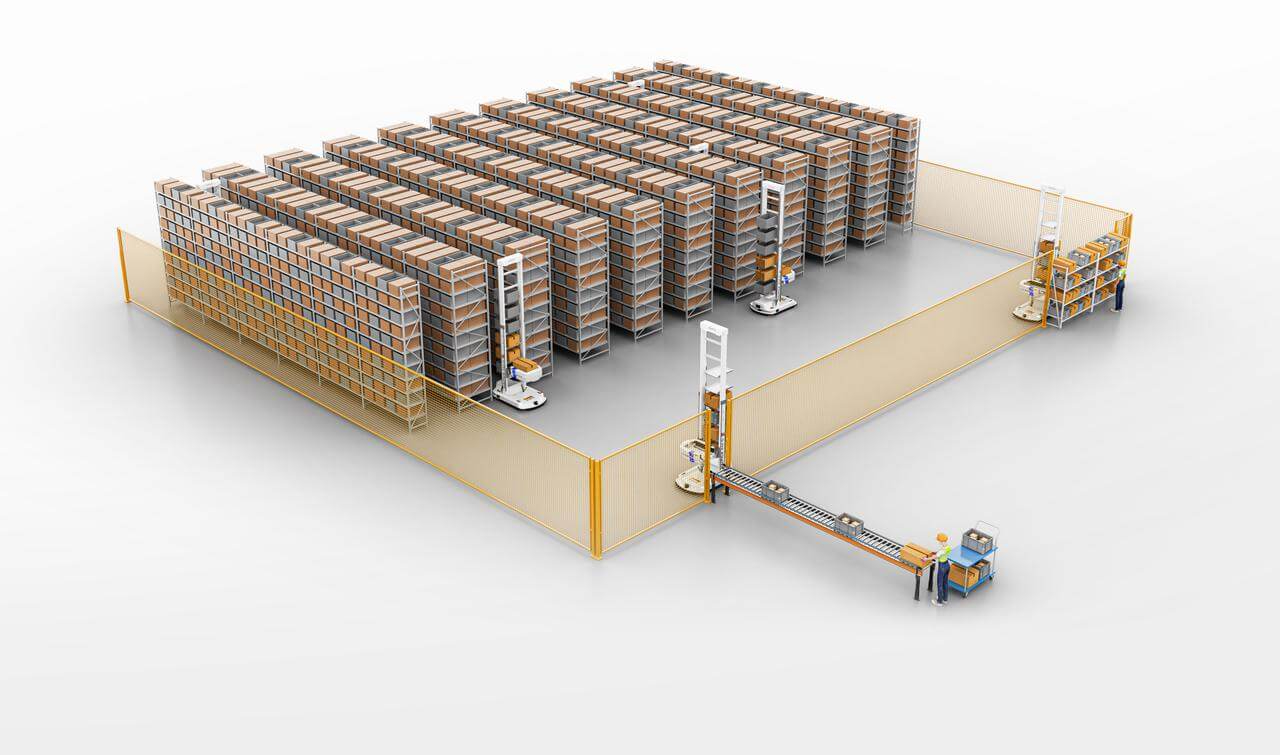
The Rise of Micro Fulfillment Centers
Micro Fulfillment Centers (MFCs) have emerged as a powerful solution to the challenges faced by e commerce warehouses in delivering orders quickly and efficiently. As more and more consumers turn to online shopping, MFCs have gained popularity for their ability to provide faster delivery times.
One of the biggest advantages of MFCs is their smaller size and location in urban areas. This proximity to consumers allows for shorter delivery times and reduced shipping costs. Moreover, MFCs are cheaper to build and operate than traditional warehouses, as they require less space and can be more easily automated. This enables MFCs to take advantage of advanced technologies to optimize their operations and meet the demands of a rapidly changing market.
MFCs also offer greater flexibility in fulfilling orders from multiple retailers or brands. This means that companies can optimize their inventory and reduce waste, while still providing customers with a wide range of products to choose from. Furthermore, MFCs are easily scalable, allowing companies to expand or replicate their operations in response to changing market conditions.
In summary, by leveraging advanced technologies and strategic location, MFCs provide a cost-effective and efficient solution to the challenges of last-mile delivery, which is an increasingly attractive option for warehouse operators.
Demand for Logistics and Automation Pros
Interact Analysis (3) has reported that there are currently about 163,000 warehouses worldwide that have an area exceeding 50,000 square feet as of 2021. This number is projected to surge to 214,000 by 2027, indicating significant growth in the industry. However, this expansion would require millions of warehouse workers if automation was not used. Consequently, warehouse and distribution center operators are turning to automation technology to address the workforce shortage.
However, the implementation and management of automated systems require technical expertise, creating a new challenge. As a result, professionals with specialized knowledge in automating and managing warehouse systems will become highly sought-after in the industry. In order to attract these specialists while adapting to this trend, warehouses must offer higher compensation and better working conditions.
Increased Focus on Safety
Warehouses are known for their busy, fast-paced environment and heavy machinery, which can create hazardous working conditions that endanger worker safety. The COVID-19 pandemic has emphasized the significance of workplace safety, and this trend is expected to persist throughout 2024. Workers who have experienced pandemics recognize the value of good health and family reunions over making money, making safety a top priority.
Furthermore, with the growing use of automation technologies in warehouses, new safety protocols will need to be developed to protect workers from harm. The use of warehouse automation equipment like robots and drones requires specific safety measures that differ from those in traditional warehouse settings. These measures include the use of personal protective equipment, increased sanitation facilities, and social distancing guidelines.
Ignoring this trend could result in workers leaving the industry or decreased employee satisfaction, while employers may face hefty fines, lawsuits, and damage to their reputation. By prioritizing safety measures, warehouse employers can reduce the likelihood of accidents, injuries, and fatalities. As a result, this trend is expected to gain momentum in the future.
Sustainable Warehousing
After the impact of the pandemic, sustainability has become an important concern for consumers. As a result, sustainable warehousing has become an essential aspect of many companies operations. By incorporating environmentally friendly materials, reducing waste, and improving energy efficiency, sustainable warehousing can help companies reduce their carbon footprint and enhance their reputation among environmentally conscious consumers.
What's more, visionary warehouse operators are embarking on a journey to the dark warehouse, which utilizes automated hardware and software that allows all technologies to communicate with each other. As a result, these dark warehouses promise to be almost fully automated and autonomous, with minimal human intervention required for maintenance, planning, and optimization. Moreover, they can operate 24/7 in the absence of light and in any extreme weather conditions, leading to significant energy savings and cost reductions.
By adopting these technologies and practices, companies can reduce their environmental impact, increase their operational efficiency, and achieve sustainable growth.
Ready to Address These Trends?
Overall, warehouse operators can prepare for these emerging trends in warehousing by investing in warehouse automation, adopting digital tracking systems, and hiring logistics and automation professionals with the right skills. Companies can also consider setting up MFCs to provide faster delivery times and reduce shipping costs. Lastly, it is important to prioritize worker safety and adopt sustainable warehousing practices to meet evolving consumer expectations.
These warehouse automation technology trends are likely to shape the warehousing industry in 2024 and beyond. Warehouses that can stay ahead of the curve and adapt to these changes are likely to be more successful in 2024.
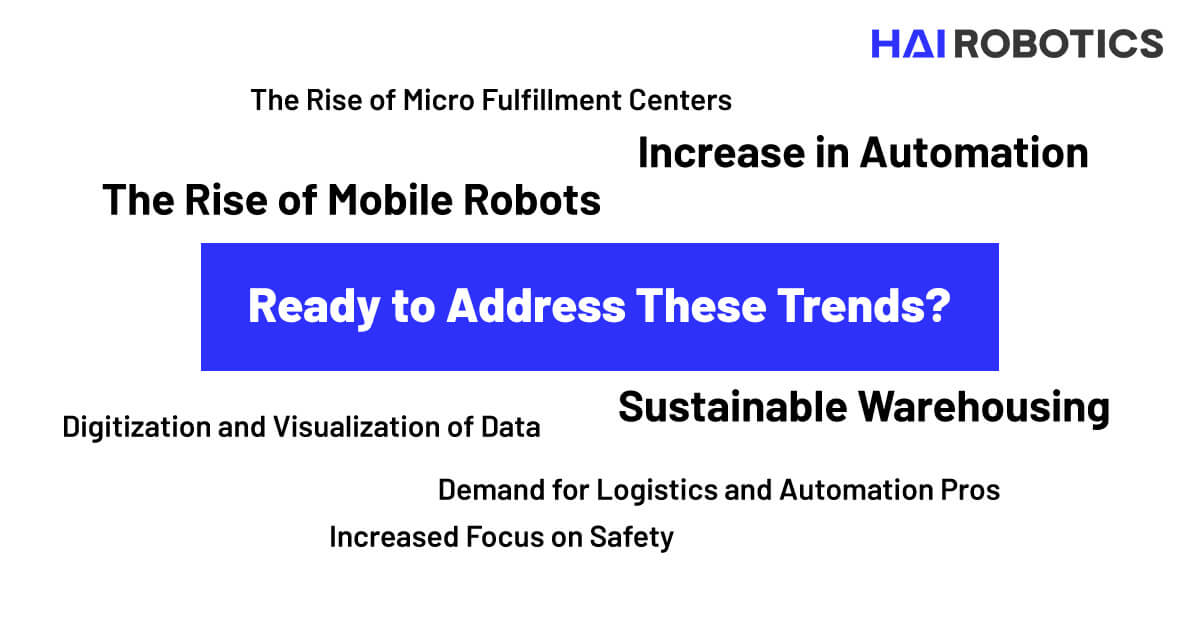 For more information on the latest trends in warehouse management and how to upgrade your warehouse, please feel free to contact Hai Robotics, one of the top warehouse robotics companies in the industry.
For more information on the latest trends in warehouse management and how to upgrade your warehouse, please feel free to contact Hai Robotics, one of the top warehouse robotics companies in the industry.
Source links:
(1) Statista (2022). Retail e-commerce sales worldwide from 2014 to 2026
(2) Gartner (2022). Gartner Predicts the Future of Supply Chain Technology
(3) Interact Analysis (2022). Warehousing sector poised for 5% growth up to 2027
